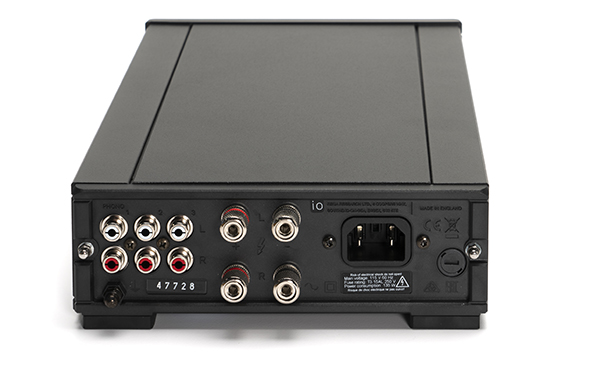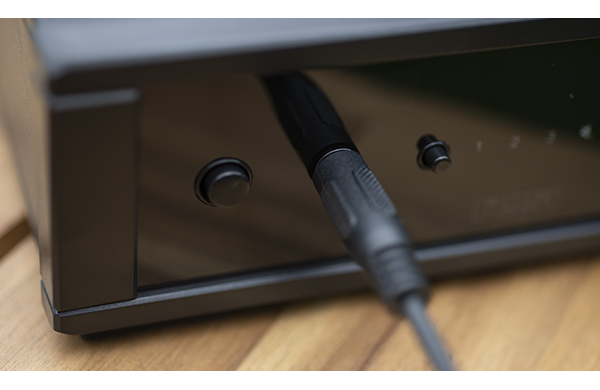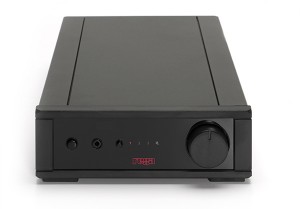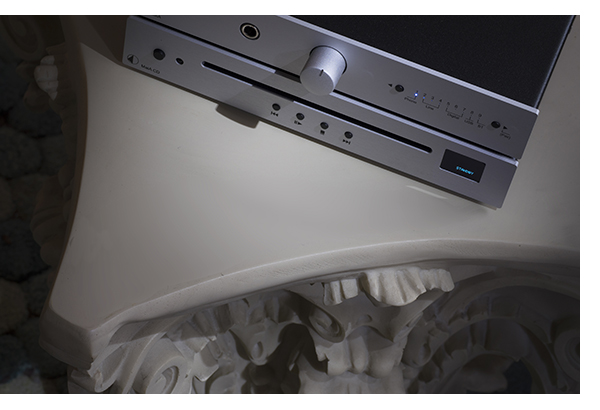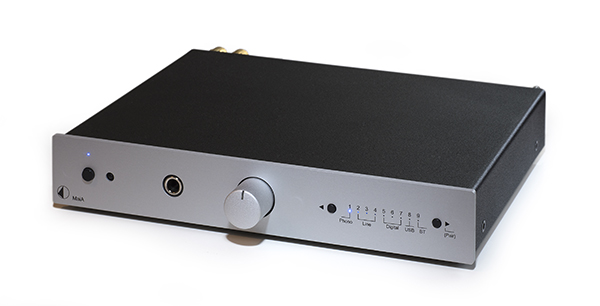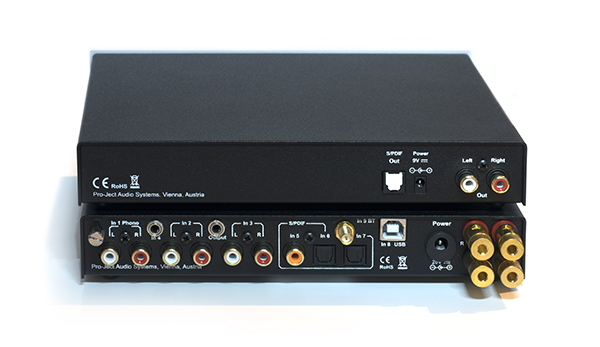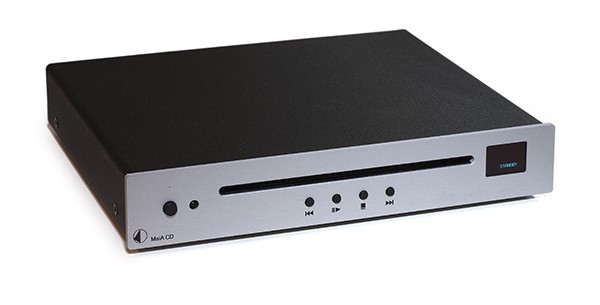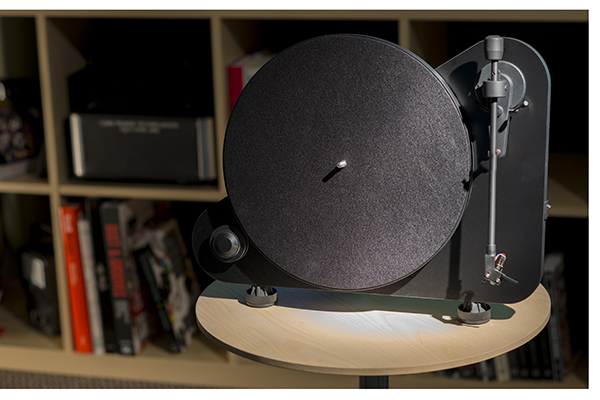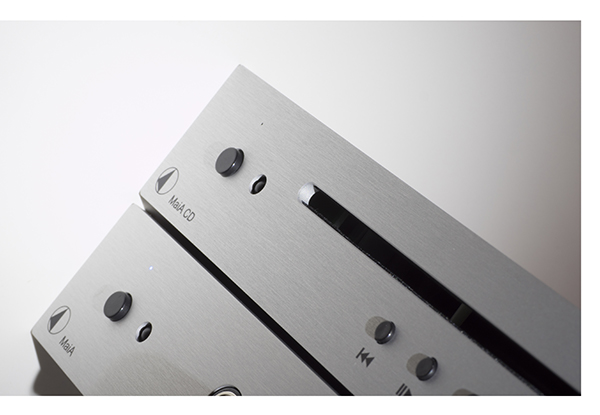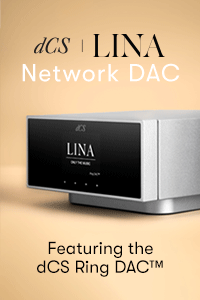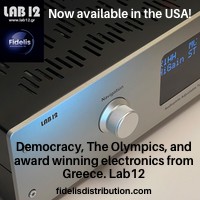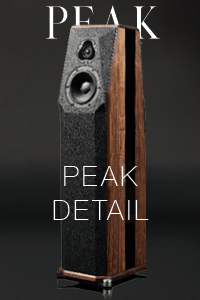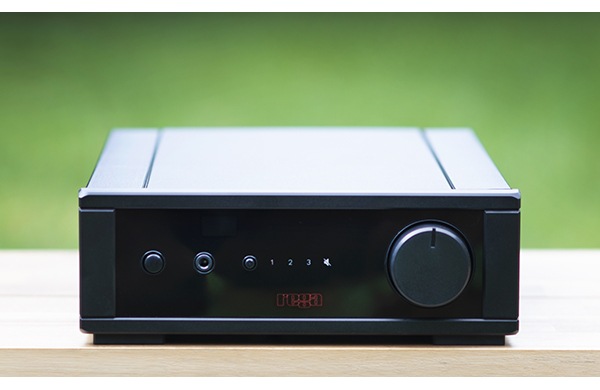 It might strike some of you to start a Rega review talking about Naim, but the comparison begs to be made. Rega’s io is destined for legendary status.
It might strike some of you to start a Rega review talking about Naim, but the comparison begs to be made. Rega’s io is destined for legendary status.
Naim’s original Nait amplifier was a fantastic product, offering incredible musicality in a compact form factor at a price everyone could afford. It enticed thousands of audiophiles based on the above, and to this day, those still in possession of a working Nait cherish it. We’ve always been huge fans of Rega’s $900 Brio-R for the same reasons. While the Brio-R bests the vintage Nait in every way, it remains true to the concept of high performance, high value, and minuscule form factor. Though lacking the onboard digital section of something like the PS Audio Sprout (come on, this is Rega we’re talking about), the sound quality of the Rega’s discrete design and overall build quality is far superior. Rega says that the phono and amplifier section of this amplifier are straight from the Brio, so it’s easy to hear where its brilliance comes from.
Lowering the stylus on my older Rega P3 with Elys 2 cartridge, via a pair of FYNE 500 speakers makes beautiful music with a minimum footprint. Tracking through the first side of the purple bonus disc of Prince’s One Night Alone is spacious and delicate. Even though the FYNE speakers only have a sensitivity of 87db/1 watt, they are driven and controlled by the 30 watts per channel offered by the io with ease. The io only offers MM phono, but it is of very high quality. There are plenty of standalone phonostages selling for the $595 MSRP of the io failing to reveal this much music.
Swapping the P3 out for a vintage Technics SL-1200 facilitates trying a few other MM cartridges from Sumiko, Clearaudio, and Shure. All offer equally fantastic results, so any cartridges in the $50-$500 range should be a good fit. The phono section of the io is extremely quiet, but Rega has been building great budget phonostages for decades. Experience makes the difference.
Also included in the io is a front panel, mini headphone jack. Trying to stay in the budget ethos, a few phones from B&W, Grado, and an original pair of Audeze 2s make for great personal listening. Again, we can’t think of a $595 headphone amplifier with onboard phonostage that we’ve enjoyed this much. Apartment dwellers not yet ready for speakers would be smart to acquire an io as a headphone amplifier for now, adding speakers later. The io is the perfect building block to transition you from personal listening to full room listening. Merely plug your phones in to disable the speaker outputs. In addition to the MM phono input, there are two more line-level analog inputs around back, so you can add a DAC/streamer, possibly a tuner, or maybe even a tape deck. Staying compact, we used the Gold Note DS-10 DAC/streamer to provide digital files for additional listening beyond analog.
In the end, the amount of music that the io reveals is the value proposition. There have been a handful of notable low power solid-state amplifiers over the decades, and we submit the io for top billing. Most amplifiers at this price (and beyond) struggle just to drive a pair of speakers. The io sounds like a component you would expect to pay quite a bit more for. One of the biggest keys to Rega’s ability to build this much for this little is their corporate frugality, combined with major engineering chops, building nearly everything in-house. Having been to the factory a few times, their commitment to excellence and efficiency is amazing. They use a limited number of enclosures for the same products to minimize tooling costs, with as much raw material overlap as possible. Everything they do is refined, distilled, and simplified as far as it can, but no more. Finally, the highly skilled workforce at the factory assures things are built and tested to perform for the long term. The io is built with the same level of care that Regas top components are.
Sublime sonics
Using the io as an anchor for a $1,500 system will provide plenty of sonic bliss, but going upstream a bit proves just how much more this small amplifier is capable of. Swapping the FYNE speakers for the $1,500/pair Wharfdale Lintons and even the $4,000/pair JBL L-100 classics – both with excellent result illustrates how much resolution the baby Rega amp can muster. This amplifier could easily be paired with components costing a lot more. The io provides a lot of bass control, offering a lot of low-frequency definition when listening to bass heavy tracks. This was always an area that the original Nait lacked.
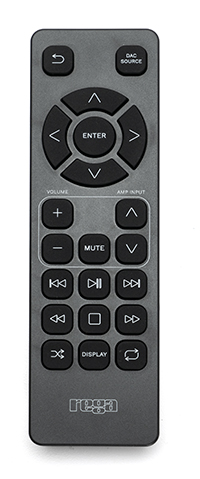 The ios’ high frequency response (especially when listening with more revealing speakers) has a level of polish that you’d expect in a $3,000 integrated. Again, there’s something special about a high quality, low power amplifier used within the realm of its capability. This amplifier plays music with the best.
The ios’ high frequency response (especially when listening with more revealing speakers) has a level of polish that you’d expect in a $3,000 integrated. Again, there’s something special about a high quality, low power amplifier used within the realm of its capability. This amplifier plays music with the best.
Selecting tracks with multiple vocal layers shine through, and acoustic pieces give enough insight to feel natural. The io is dynamic, but like the Brio-R will hit a wall. 30 watts only goes so far, and this amplifier does run into a wall when taxed. It does not clip hard though, it merely flattens out dimensionally. The solution is easy, keep listening levels modest or get a pair of very efficient speakers.
Head of the class
The Rega io is so good, one is tempted to summon up a cauldron full of well-worn audiophile clichés. While it is excellent at first listen, the toughest part of reviewing a component offering such a high level of performance is that it begs being connected to much more expensive ancillaries to experience the depth of its true capabilities. You could grab a pair of budget speakers and a thrift shop turntable and live happily ever after with the io, but like that other legend from the UK, don’t be surprised to see this one in the company of much more expensive components. Watch for the audio forums of 2050 to speak of this amplifier in hushed reverence. Of course, the io is worthy of our Exceptional Value Awards for 2020, but that doesn’t truly explain a product that gets the essence of the music so right. Audiophiles beginning their journey here may be spoiled for a very long time.
I need one!
$599
soundorg.com (NA distributor)
rega.co.uk (factory)



